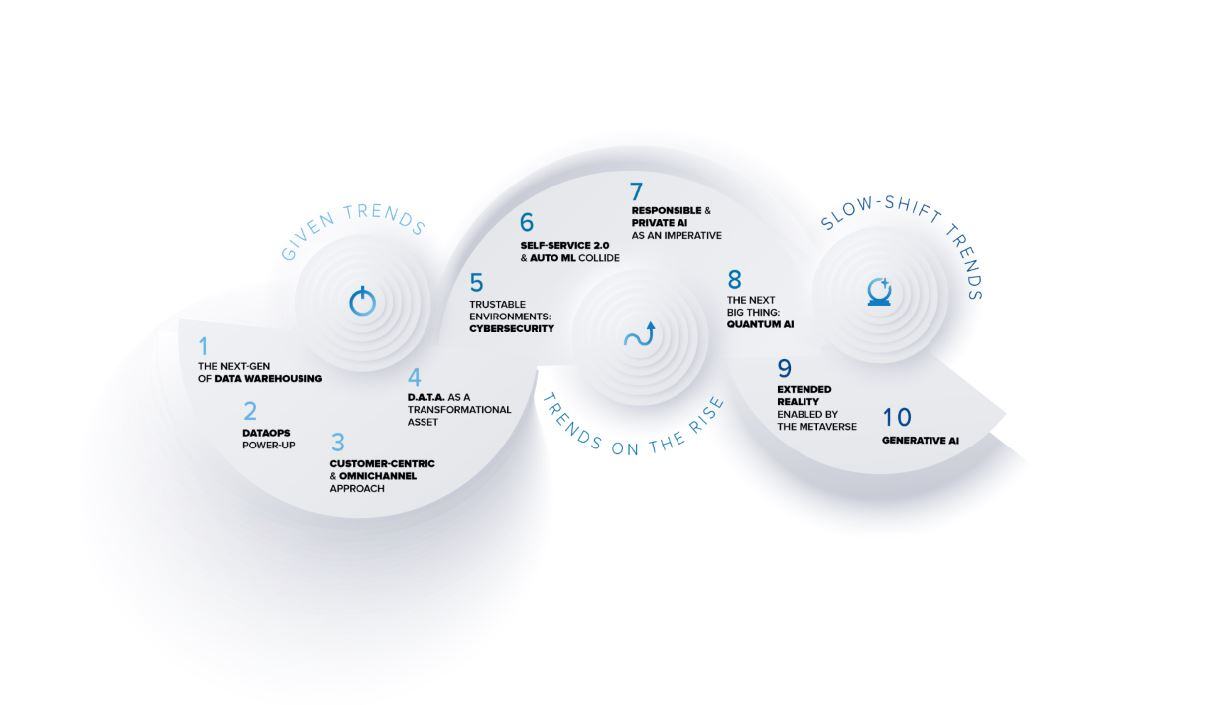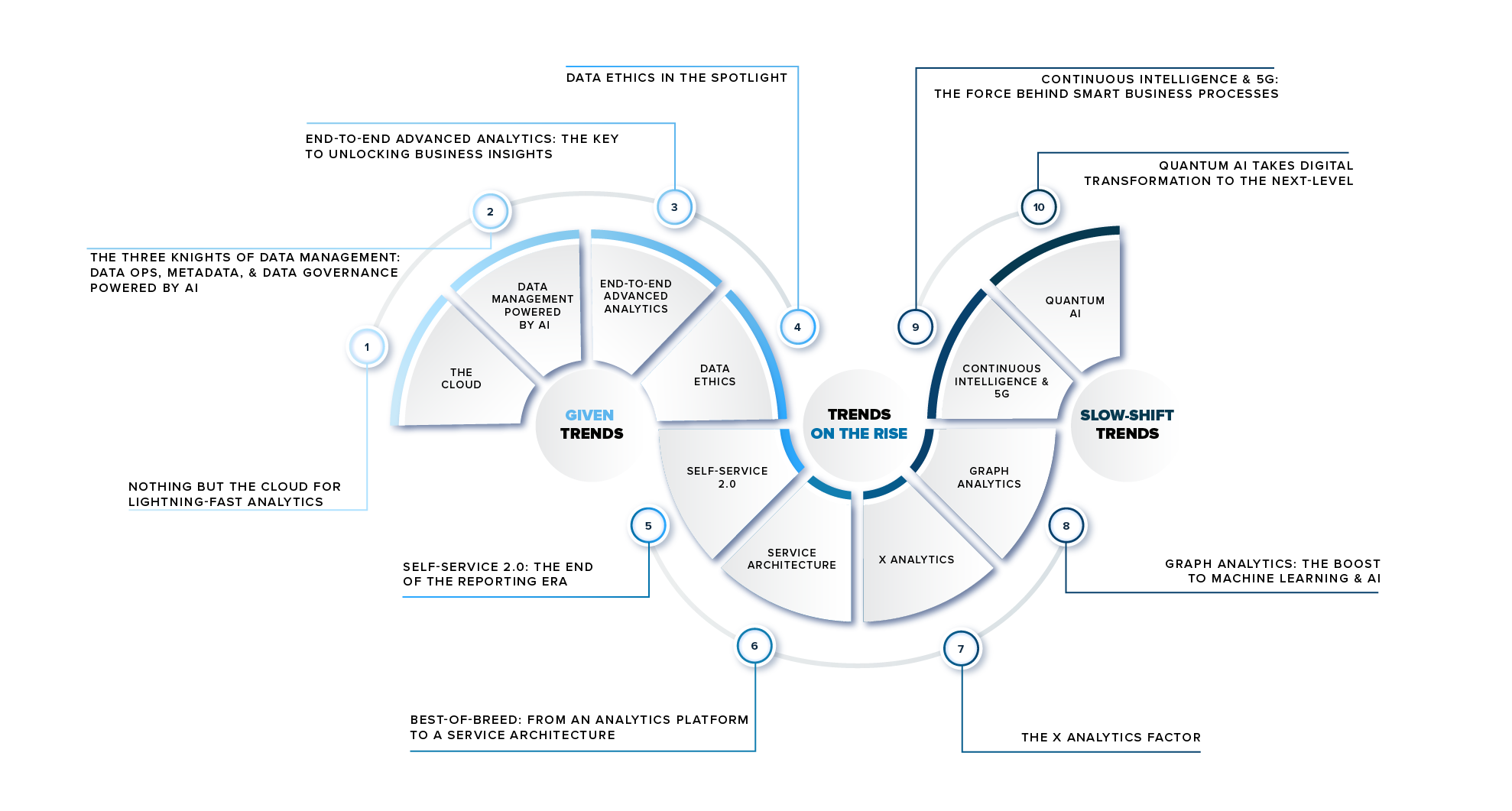We are not revealing anything new if we say that there are two topics on the agenda of the vast majority of companies in the pharmaceutical industry today: omnichannel and artificial intelligence.
Written by Emili Bonilla, Partner at SDG Group.
Both are relevant and highly connected, since much of the data that comes from new channels of interaction with patients and health professionals will allow businesses to solve problems faced in a more prescriptive way.
As we have seen in recent years, the pandemic facilitated many companies’ efforts to successfully deploy impactful initiatives through digital channels. However, very few know how to measure the real success of their efforts through these new channels. Is the content published on a web portal more efficient, or is it better for the delegate to present it personally in a face-to-face visit? Do mass-mailing campaigns or the VAEs sent by the sales force work better? Are we really increasing the level of affinity of health professionals with our products? In short, are we currently able to create a truly personalized experience that is efficient for the company? All of these questions - and many more - require data to be answered, but not all of that data is readily available.
The Importance of Content Blocks and Smart Tagging
More companies are monitoring their activity across all channels (CRM, portals, social networks, marketing tools), but this monitoring remains at a purely quantitative level. We can measure if the CTR of an email campaign is performing well or not, but we don't know the reason. We can know the average time a doctor spends on our portal, but we don't know what makes them stay or leave. We can see the level of interaction we have with our audience through WhatsApp, but we won't know why either.
As data experts from SDG Group, we help companies in the sector to be able to take a step further and measure not only the quantitative aspects of their data, but also the more qualitative parts. The key to this more qualitative data is a strong strategy for labeling content, which will later allow this analysis to be carried out. In a practice that we have named "Smart Tagging", our objective is to have data that allows us to understand why a message works better than another with a certain audience. We seek to understand what content, or what forms of content, are more relevant as a means of increasing the level of adoption towards a certain product.
Smart Tagging can be customized based on individual company strategy, but it is based on two basic principles:
1. Content Blocks as Elements Within Messaging Campaigns
Since the same message can be expressed in different ways, it’s necessary to create an element that allows us to analyze whether a double message-recipient is efficient. This analysis will allow us to customize the interaction much more. For example, if we are promoting a new prescription product, we know that there are practitioners who are more interested in studies about the medicine, but also patients who seek to understand what benefits the medication can bring and what the adverse effects are. That's why, in the end, the key is the personalization of the message.
2. The Classification of Labels
Labeling content is not an easy job, and that is why we must define a clear strategy that emphasizes the effort it requires. It’s not just about creating labels - it’s also about classifying labels into groups. These groups can be analyzed afterwards to provide real value in descriptive analysis work, as well as AI projects to segment, prescribe, and automate processes. So, if we want to understand which part of the content works best in an email campaign, we will have to classify the labels into concepts which can be adapted to each digital strategy. A simple example could be to use three fairly common categories in the sector:
a. Structure: Concepts are indicated, such as the existence of titles or external links.
b. Content: Keywords related to the product, publications, or other key concepts of the message are indicated.
c. Design: The graphic design aspects of the message are indicated, such as colors, the presence of images, and other visual aspects.
This article does not intend to define any standard; rather, the goal is to highlight the importance of labeling in order to have relevant data that, in turn, allows a more qualitative analysis of the omnichannel strategy. This can ultimately be translated into more efficient data-based projects with an ever-increasing added value.
Translated from original article published in PMFarma here.
.png?width=2000&name=SDG%20-%20Logo%20White%20(1).png)




